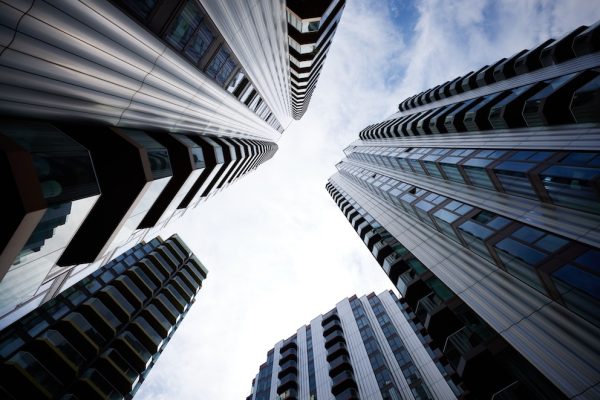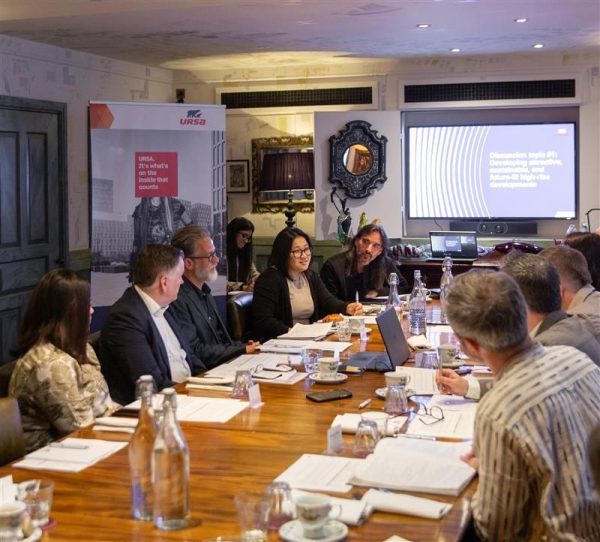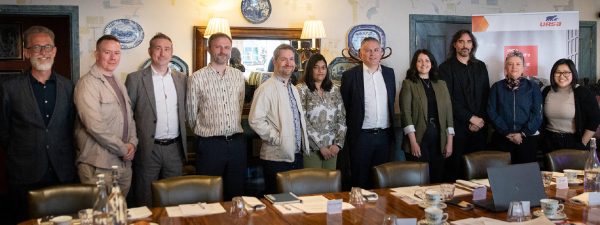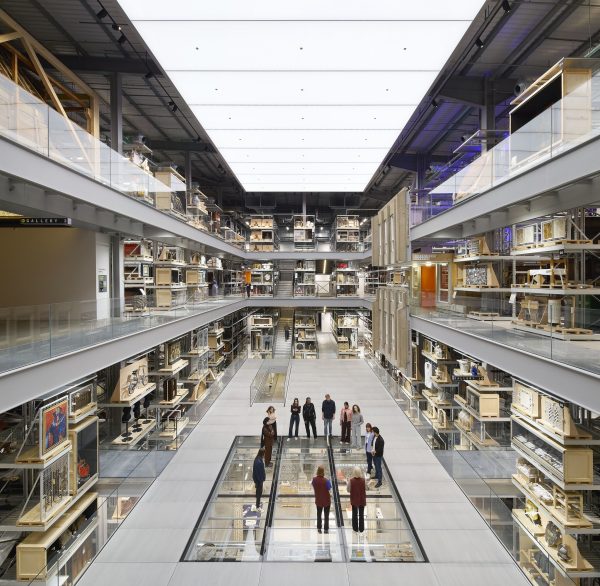Creating Future-Fit High-Rise Buildings: Insights from Industry Roundtable

As the UK faces growing housing demands, high-rise buildings are emerging as a part of the solution. But how can we ensure that these developments are not only viable today but remain fit for purpose, and positively contributing to our cities, in the decades to come?
To explore this question, Associate Jennifer Lee recently attended an exclusive industry roundtable hosted by URSA during Clerkenwell Design Week, bringing together leading voices in architecture and construction. The table examined how to create attractive, sustainable, and future-ready high-rise buildings—and how to overcome the challenges that stand in the way.


Rethinking the Role of the Public
There was broad consensus that high-rise buildings can play a key role in addressing the housing shortage. Yet, public sentiment remains mixed, and poor design decisions in the past have cast a long shadow – both figuratively and literally. Residents remain concerned about the effects that these buildings will have on their neighborhoods, and attendees frequently highlighted the importance of interfacing with the local community early in the process to ensure projects develop responsibly.
There was a strong consensus that future high-rises must deliver social value, not just density. Buildings should be designed with communities in mind—fostering interaction, supporting community life, and contributing to an authentic sense of place. This means incorporating shared spaces, local businesses, and amenities that make buildings feel open and welcoming rather than closed-off or exclusive.
“High-rises can be a very viable solution, but we can't forget about high-quality design and creating communities. That's why most of us came to this profession — to do that.”
Building for Longevity
Designing high-rise buildings that are truly “future-fit” means planning for change. Homes can be flexible enough to adapt as occupants’ lives evolve, and should be fit cater to a wider range of demographics—from young couples to growing families and older generations.
This adaptability also applies to the buildings’ role within the wider urban system. Attendees highlighted the impact that tall buildings can have on microclimates—altering wind flow, temperature, and sunlight in surrounding areas. While a building might be efficient in isolation, it must always be evaluated as part of a broader ecological and social context.
Material specification also emerged as a key issue. Poor choices can result in costly repairs—particularly problematic for tall structures where maintenance is complex and expensive. As one participant put it: “We’re still going back to high-rise buildings and fixing them far more than we should be.”

Navigating the Building Safety Act
The conversation turned to the practical implications of the Building Safety Act—and it became clear that confusion remains widespread. URSA recently conducted some excellent research surveying over 100 designers of high rise buildings, revealing that 38% said they spend a lot of time educating clients on the new BSA regulations; 25% said there’s confusion among clients about their new roles and duties; and 22% said clients aren’t clear on what counts as a high-risk building.
Attendees at the roundtable reflected these sentiments, highlighting the need for greater clarity and education across the built environment sector. Terms like “gateway” and “Principal Designer” are still misunderstood, creating delays and uncertainty that can impact design quality and project viability.
Some developers are even modifying or scaling back projects to avoid falling within high-risk thresholds—highlighting the urgent need for regulatory reform and clearer guidance.
“As an industry, we’re continuing to navigate around the complexities of the Building Safety Act and the Gateway Process. However, the momentum is building and I’m optimistic that this positive trajectory will continue”
Moving Forward
The group reaffirmed that high-rise buildings, when well-designed and responsibly delivered, are not the problem—they are part of the solution. By embracing adaptability, sustainability, and community, we can transform public perception and create developments that work for the long term.
It’s crucial that we keep participating in these conversations—highlighting issues and working collaboratively across the industry to secure a better future for people and the planet. A huge thank you to URSA for hosting a great event, you can read their write up here.

